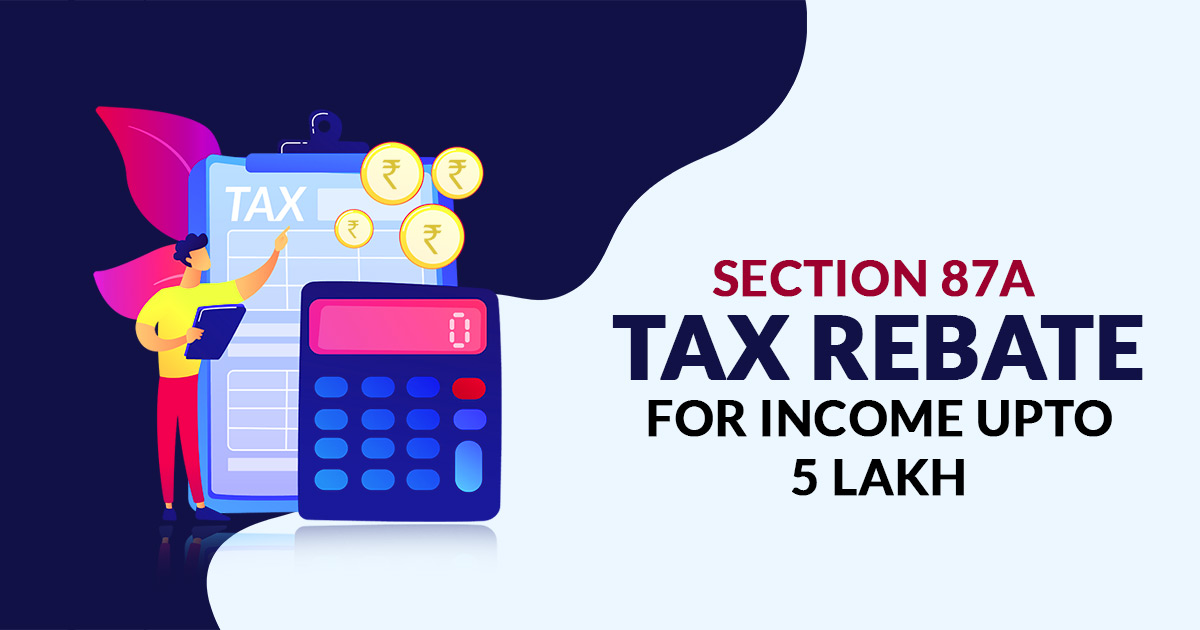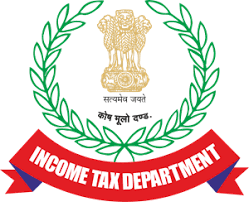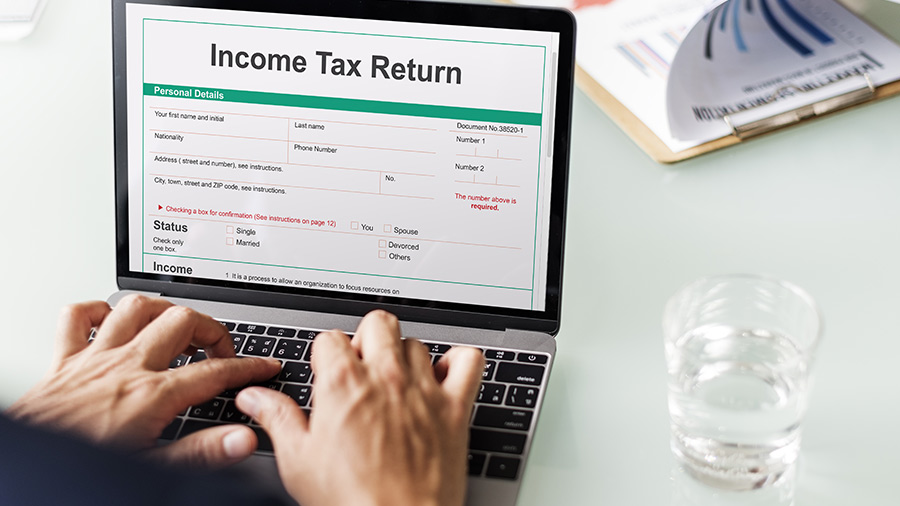Section 87A of the Income-tax Act, 1961 allows a income tax rebate in case the taxable income does not go beyond the specified level. This tax rebate effectively makes zero tax outgo. If you opt for new tax regime then from FY 2022-23 you need not pay any income tax even upto the income levels of Rs 7.50 lakhs after considering standard deduction.
Who is eligible for tax rebate under Section 87A?
The rebate under Section 87A is available to only resident individuals. Taxpayers such as non-resident individuals (NRIs), Hindu Undivided Family (HUF) and firms are not eligible for the rebate under Section 87A.
Rebate u/s 87A for FY 2022-23 (AY 2023-24)
Full tax rebate up to Rs 12,500 can be claimed while filing an Income Tax return in case your income is less than Rs 5 lakh after claiming deductions under Section 80C to 80U.
If your income is subject to TDS, but your total income after Chapter VI-A deductions is less than Rs 5 lakh, you can still claim rebate u/s 87A while filing a return, and you will receive a refund of TDS for an amount up to Rs 12,500.
If taxable income is more than Rs 5 lakh, then no rebate can be claimed.
Rebate u/s 87A for FY 2023-24 (AY 2024-25)
Under the new income tax regime, the amount of the rebate under Section 87A for FY 2023-24 (AY 2024-25) has been modified by Finance Act, 2023. A resident individual with taxable income up to Rs 7,00,000 will receive a tax rebate upto Rs 25,000 tax. The rebate under former / old tax regime, if chosen remains the same, i.e. 12,500 for income up to Rs 5,00,000.
ALSO READ: Budget, 2023: Old vs new income tax slabs: Which is better?
How to claim rebate u/s 87A?
The sequential steps involved in the calculation of rebate u/s 87A are
- Calculate your Gross Total Income(GTI) after HRA , LTA and other exemptions and Standard Deduction (only if opted for old regime). From FY 2023-24, a salaried employee under new regime is eligible for a standard deduction.
- Reduce the deductions under sections 80C to 80U (like Section 80C for eligible investments and expenditures, Section 80D for medical insurance, 80CCD for contribution to NPS, 80G for donations etc). In case opted for new regime an individual is eligible for only deduction u/s 80CCD (2) for employer’s contribution to the employee’s NPS account.
- Calculate your Tax Payable as per Income Tax slabs.
- The amount of rebate is tax calculated or Rs 25000*/12500 whichever is lower ( if your total income does not exceed Rs 7 lakhs* in case of new tax regime and 5 lakhs in case of old tax regime.)
*Effective from AY 2024-25 as under both the old and new income tax regimes, the amount of the refund under Section 87A for FY 2021-22 2022-23 [(AY (2022-23) (2023-24)] has remained unchanged
Rebate against which tax liabilities
Section 87A rebate can be claimed against tax liabilities on:
- Income which is calculated as taxable as per the slab rate.
- Long-term capital gains under Section 112 of the Income Tax Act other than listed equity shares and equity-oriented schemes of mutual funds.
- Short-term capital gains under Section 111A for listed equity shares and equity-oriented schemes of mutual funds on which tax is payable at a flat rate of 15%.
Rebate u/s 87A for Previous Financial Years
Section 87A was introduced from financial year 2013-14. The maximum amount of rebate u/s 87A in previous financial years is tabulated as under:
| Financial Year | Limit on Total Taxable Income | Maximum Amount of rebate allowed u/s 87A |
| 2021-22 | Rs. 5,00,000 | Rs. 12,500 |
| 2020-21 | Rs. 5,00,000 | Rs. 12,500 |
| 2019-20 | Rs. 5,00,000 | Rs. 12,500 |
| 2018-19 | Rs. 3,50,000 | Rs. 2,500 |
| 2017-18 | Rs. 3,50,000 | Rs. 2,500 |
| 2016-17 | Rs. 5,00,000 | Rs. 5,000 |
| 2015-16 | Rs. 5,00,000 | Rs. 2,000 |
| 2014-15 | Rs. 5,00,000 | Rs. 2,000 |
| 2013-14 | Rs. 5,00,000 | Rs. 2,000 |
Hope you would like the article. In case of any doubt you can mail us at info@taxwallah.com
TW Editorial Team comprises of team of experienced Chartered Accountants and Advocates devoted to spread the knowledge of GST amongst the various stakeholders.



